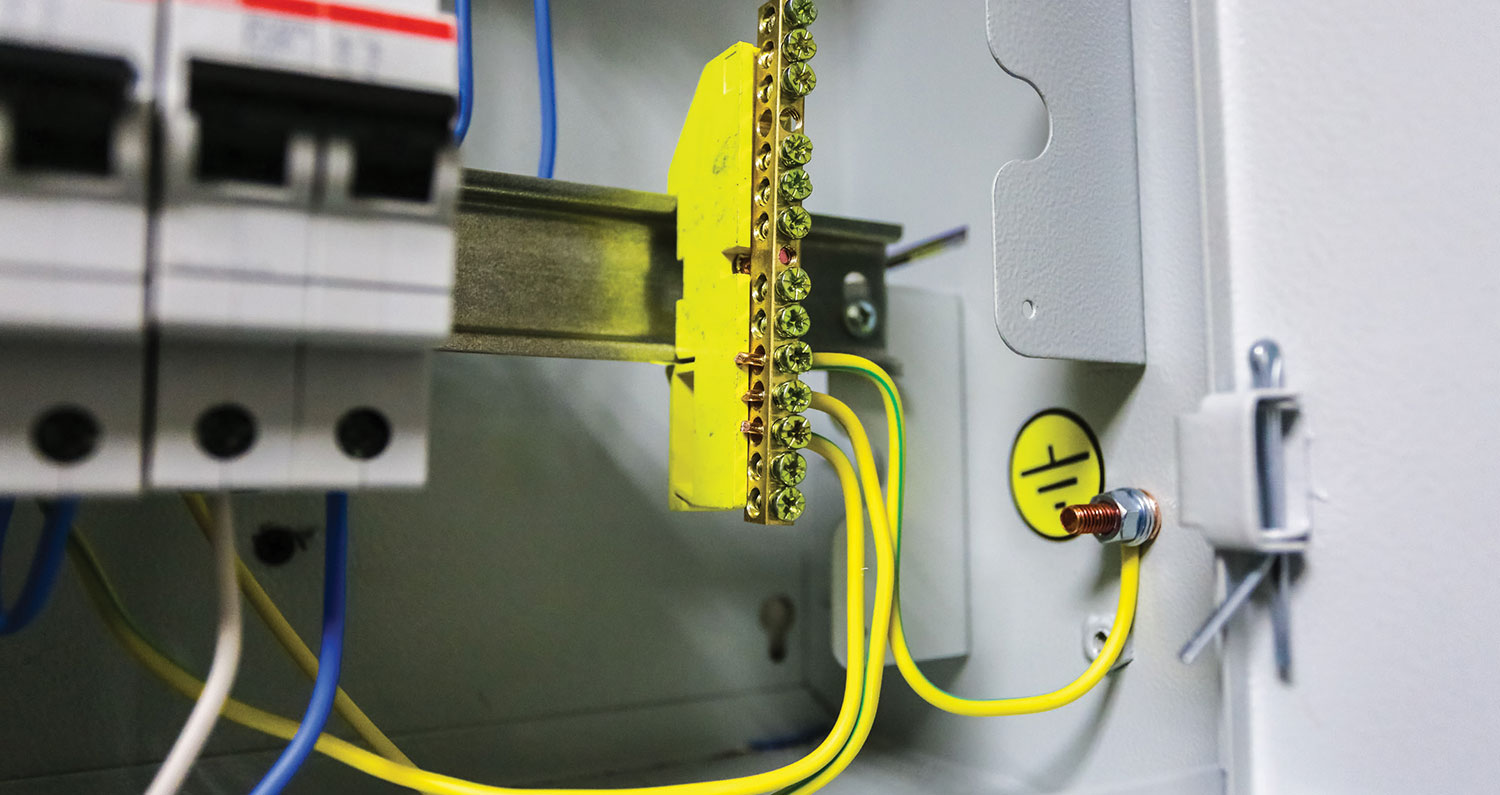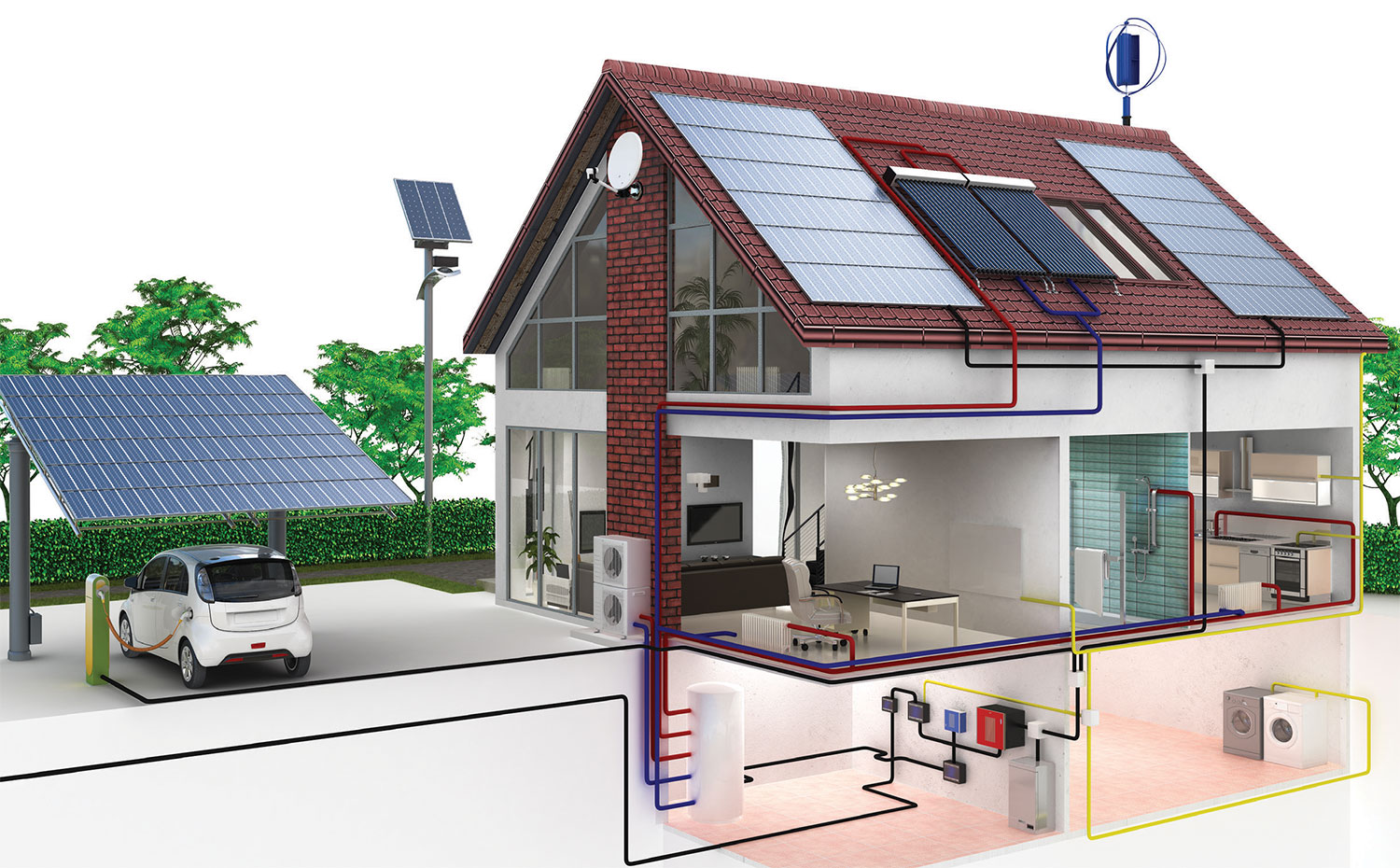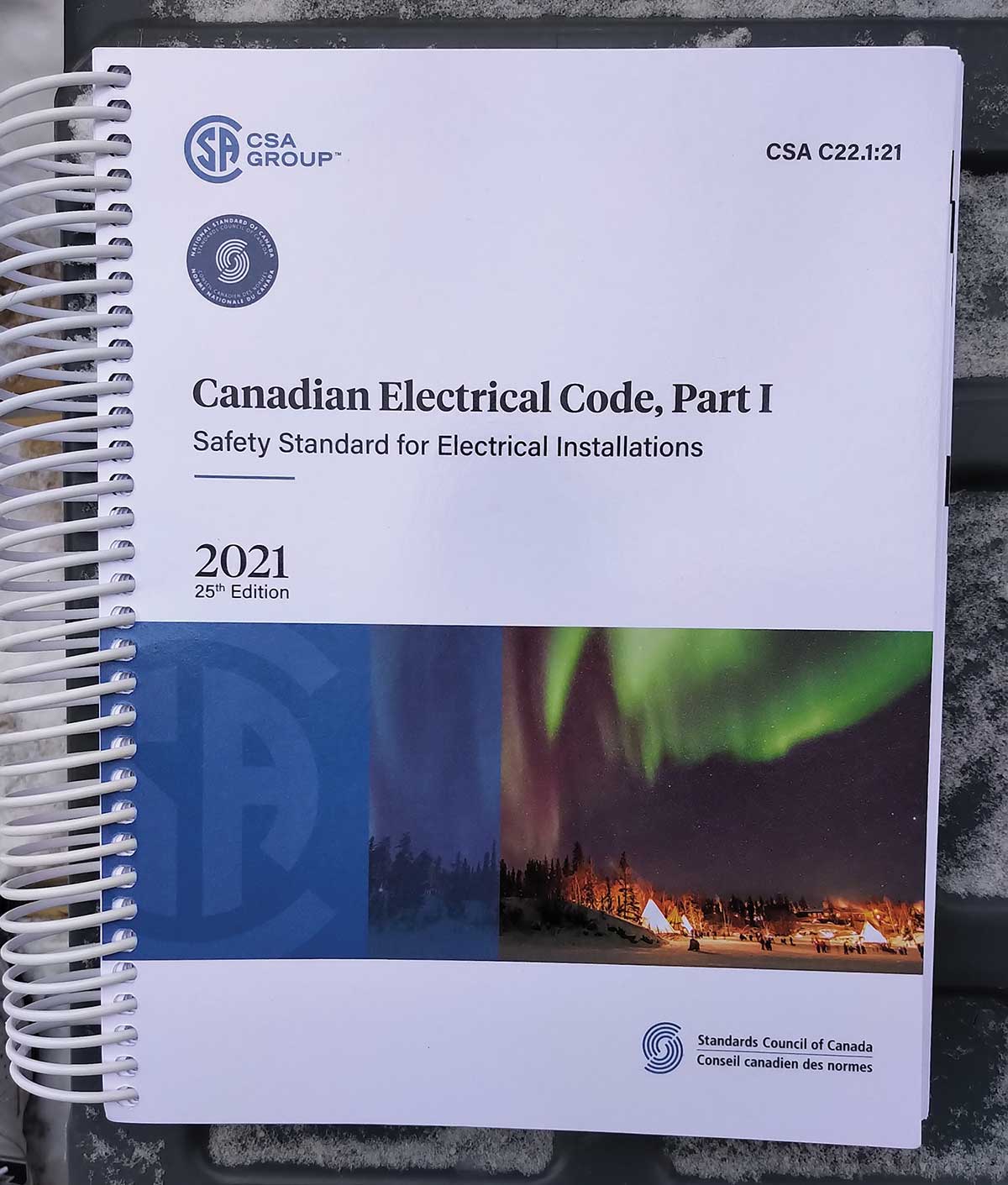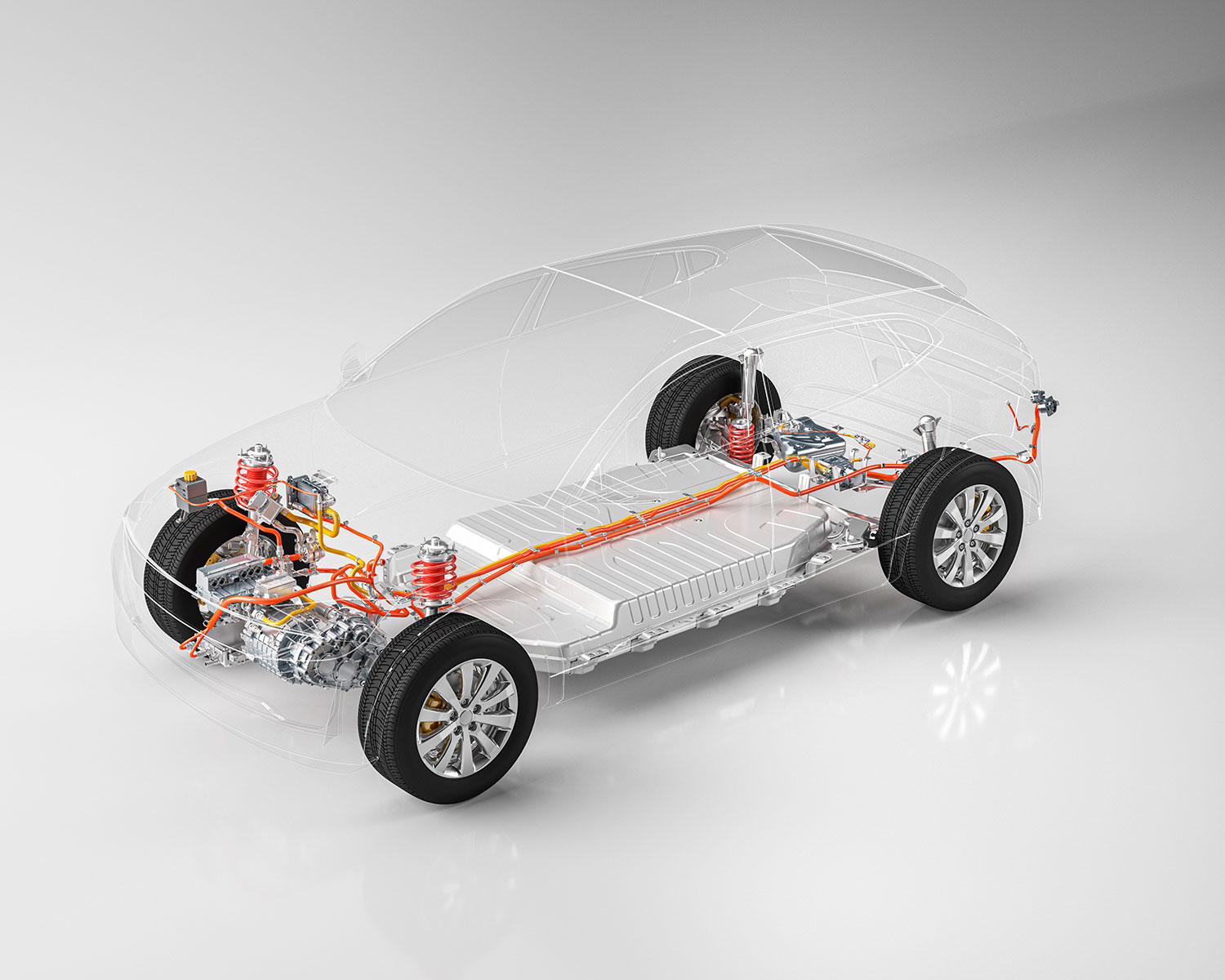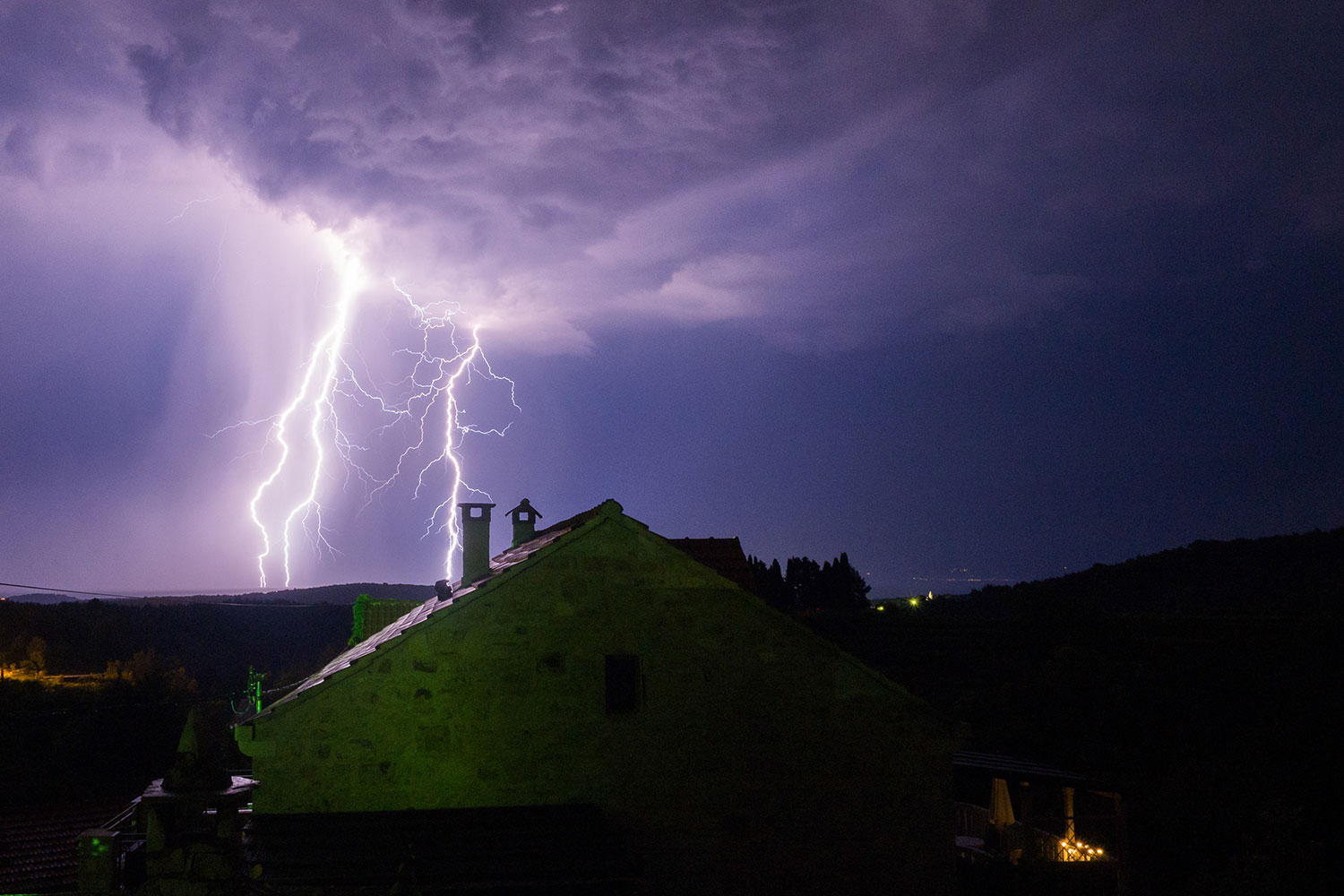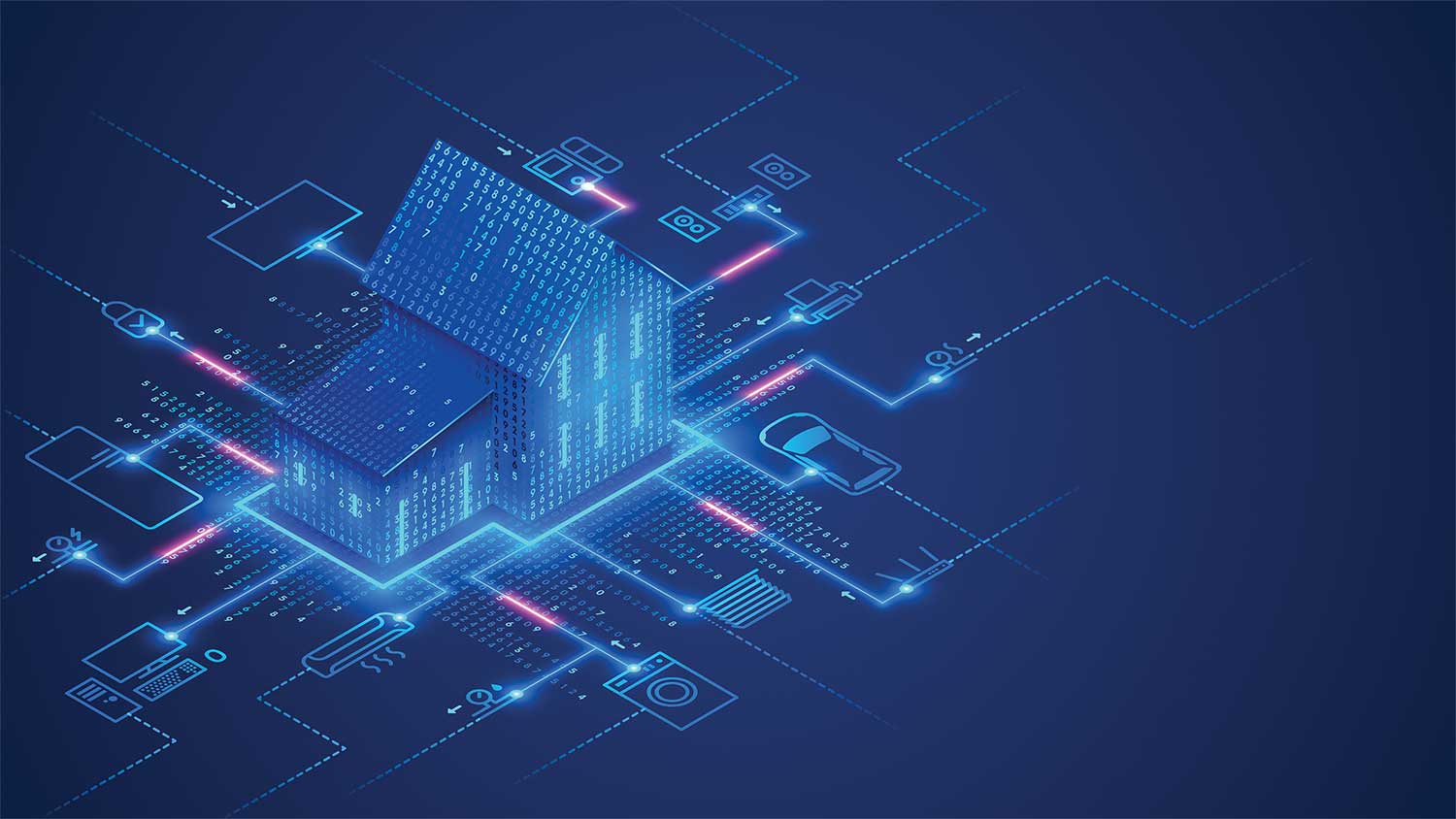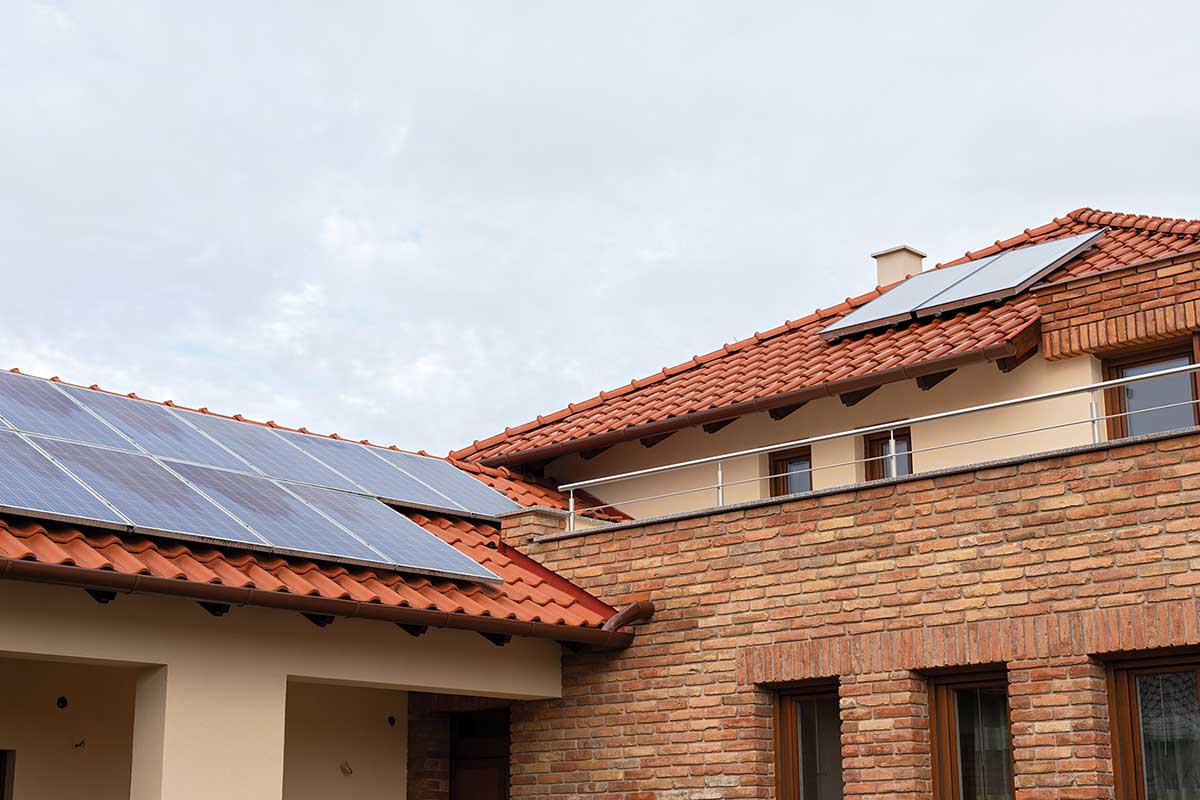Although Section 10 of the Canadian Electrical Code, Part I (CE Code), which applies to grounding and bonding, has been re-written in the 2018 edition of the Code, I keep receiving questions from the readers regarding the fundamentals of grounding and bonding.
Let’s look at an area of a commercial building that has many of the components that cause a dangerous and potentially deadly event just lying in wait – a commercial kitchen.
The intent of the 2018 IRC Section R327.2 is that energy storage systems (ESS) be Listed (Certified) to UL 9540, the Standard for Safety of Energy Storage Systems and Equipment.
This is the second of a series of articles detailing significant changes for the 2021 Canadian Electrical Code Part I (CE Code).
Electric vehicle batteries that are repurposed for use in new applications generally undertake a three-step process.
Some actions can make the residential, commercial, and even larger PV systems more resilient and robust under the impending threat of more frequent severe weather.
Q. I have a question on a luminaire cut sheet that indicates the luminaire (LED disc light) conforms with UL 1598 and is allowed in clothes closets. How do I know if the luminaire is suitable to be installed in the clothes closet storage space?
The month of May is National Electrical Safety Month, an initiative sponsored by Electrical Safety Foundation International.
As appliance and HVAC system efficiencies increase, load-side PV connections associated with smaller PV systems will be with us in great numbers.

